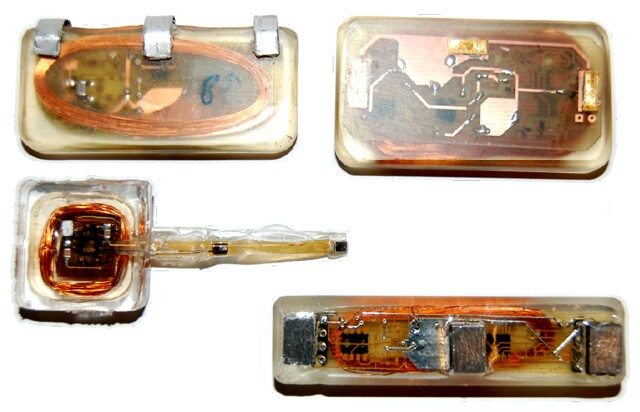Once the realm of science fiction, implantable devices able to take on the work of the heart - pacemakers - are now commonplace, but what might the future hold for equipment that monitors our vital signs? A Finnish researcher believes tomorrow's tech-savvy generation will be more than comfortable with implantable electrocardiogram (EKG) devices that constantly monitor and provide instant feedback on their health, and can also provide instant access to medical data in emergencies.
Jarno Riistama from Tampere University of Technology (TUT) believes that an increase in health problems as a result of modern living will encourage us to be more health conscious. However, he estimates it will be another ten years or so before implantable measurement devices for human use are commercially available because of the rigorous testing and approval processes.
In addition to the implantable devices, researchers at Tampere have developed wearable 'strips' that measure functions such as EKG directly from the skin. The signals, which are comparable to those produced by existing measurement devices such as pulse counters, are sent wirelessly from the device, removing the need for cumbersome cables.

Riistama sees global potential for these applications, such as measuring employee well-being in the workplace, and analyzing athletic performance by integrating a receiving antenna into an athlete’s shirt.
The disposable strips can be produced for a couple of cents each, making them hygienic and convenient to use. There are hurdles to overcome, however, for both implantable and wearable devices to be safe and effective.
Several factors may interfere with the measurement of vital functions - for example, the reaction between electrode and tissue in implantable devices, and the contact between electrode and object in surface measurement devices. If the electrode shifts, it may disturb the signal.
While material that minimizes signal disturbance is more important in wearable devices, in the case of implantable devices, which are likely to remain in the body for many years, it is critical that the material used minimizes tissue reactions.





